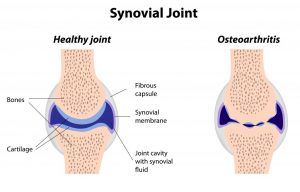 Knee Osteoarthritis
Knee Osteoarthritis
Regenerative medical researchers in Barcelona, Spain are investigating new treatments, such as PRP, for osteoarthritis (OA) that address the underlying disease pathology rather than simply treat symptoms. The goal is to improve quality of life and physical function in persons with osteoarthritis. There currently is no curative approach for the millions of people with OA. Treatment with non-steroidal anti-inflammatory drugs (NSAIDs) is commonly prescribed but many people, especially the elderly, have a high risk of side effects with NSAIDs.
Recently autologous plasma rich in growth factors (PRGF), commonly called PRP or Platelet Rich Plasma in the US, rich in proteins, has been considered a promising regenerative approach to stimulate chondrocytes to produce more cartilage (Cartilage is destroyed in OA). PRGF has a high concentration of growth factors. These factors act specifically on the tissue to repair and heal and have been shown to stimulate (more…)


